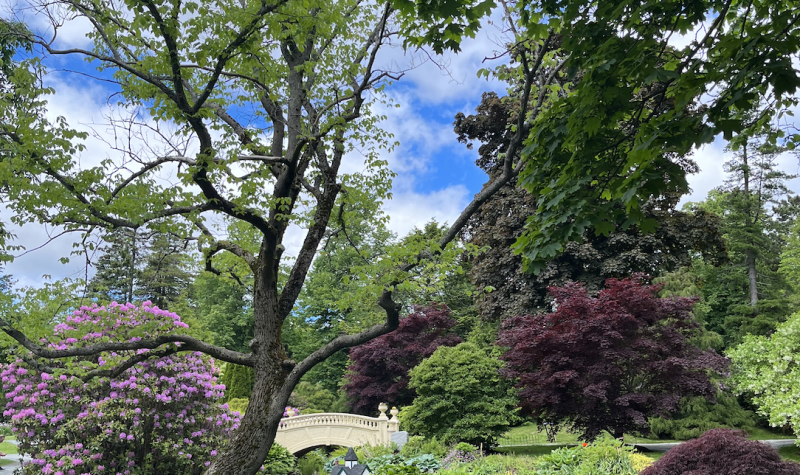Members of the public and the panel of arboriculture experts met for "As They Stand, The Trees of the Halifax Public Gardens" to discuss the damage done by the vandalism done to several trees in the gardens, as well as the progress made to help save as many trees as possible.
On July 26, 2022 an individual or group of people damaged 33 trees in the Public Gardens using a hatchet or small axe. Most of the trees vandalized were between 50 and 200 years old. The Public Gardens is home to 131 species of the 515 trees.
“Of the 33 that were vandalized, we know that we’ve lost three,” Sean Street, horticulture supervisor for the gardens, said. “And I can tell you that we’re going to lose more.”
The price of the damage done to the trees was assessed by calculating the type of tree, the age, the height, width, health and a number of other things, according to Kevin Osmond, senior supervisor of Halifax's urban forestry department.
During the panel, Osmond said the European Weeping beech that was hacked around the entire circumference of the trunk was valued at almost $94,000.
“For the approximate 200 years it's been standing there, it is giving us an incredible amount of benefits.”
Last summer, the Public Gardens brought in arborist Stan Kochanoff to help with repairing the trees.
“Our job was to clean up the girdling wounds by doing bark tracing and smoothing off the bark so we could have a better transition of healing,” Kochanoff said.
Eventually, that bark will start growing to form new functional tissue, Street explained.
The panel expressed their optimism about salvaging the damaged trees, planting new growth and looking for the silver lining in the loss of irrecoverable trees.
“This is the best case scenario for us and this is happening on a lot of the trees,” Street said, in reference to the results from the treatment done on the vandalized trees.
Listen to the story below:


